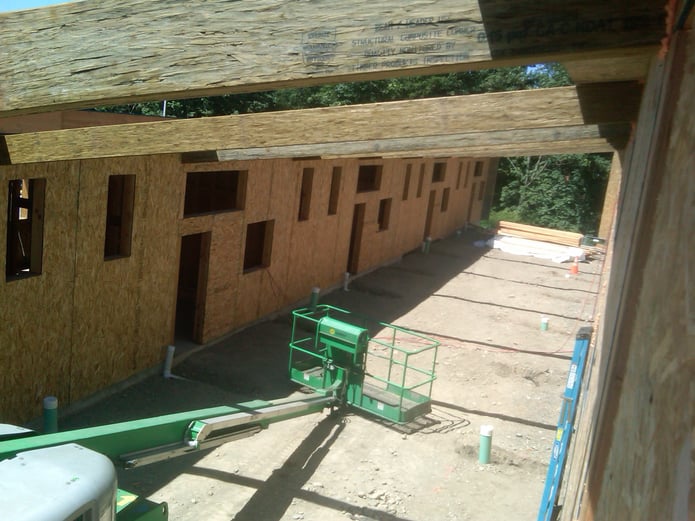Lumber Prices Are Volatile — SIPs Slash Costs and Risk
Lumber tariffs driving up costs? SIPs cut lumber use by up to 80%, lower labor needs, and deliver stronger, faster, more..
The buildings in which we live, work, and play protect us from Nature’s extremes, yet they also affect our health and environment in countless ways. Several Tribal Nations have started building green to provide healthier, sustainable and more resource-efficient tribal communities. Research and experience increasingly demonstrates that when buildings are designed and operated with their lifecycle impacts in mind, they can provide great environmental, economic, and social benefits. So, what’s stopping you?
See how both Puyallup and Apache Nations Tribes worked to preserve their tradition, culture and environment by building sustainable housing on the reservations…
PUYALLUP TRIBE RESERVATION | TACOMA, WA

“Space that reflects culture” is the end goal for the Puyallup Tribe. Not only will they be able to obtain cultural responsbility, but they will also achieve environmental responsibility saving significantly in their operating costs by using Premier Structural Insulated Panels (SIPS) to frame (walls & roof) the tribe’s new ten-unit multi-family housing complex.

Traditionally, Coast Salish tribes lived in longhouses with a shared central space and dwelling units off to the side. Architect Environmental Works used this living tradition as an inspiration and created a structure with ten town homes that are separated from each other by a courtyard with an open, slanted shed roof. Units on one side have one bedroom and units on the other side have two bedrooms. Entryways are in the courtyard, which also provides common space.

The townhomes, which will be rented out by the Tribal Housing Authority, use Premier SIPS to help reduce heating and cooling needs (and energy costs) significantly, to harvest rainwater, and to take advantage of alternative heating, cooling and ventilation techniques. The buildings are also passively oriented to the sun so they can use photovoltaic panels and solar hot water.
Project Details
APACHE NATIONS RESERVATION | SAN CARLOS, AZ

New homes were built on the San Carlos Apache Indian Reservation with funds from Indian Housing Block Grants (IHBG). By using Premier SIPS, this project took advantage of cost effective SIPS designs resulting in almost zero waste material. That means this project sent virtually no waste to our landfills from the framing! Typically each home sends 3 dumpsters to the landfills from framing/lumber waste. In addition to saving waste which leaks into the environment, the three bedroom floor plans saved labor costs and building time by talking less than ten hours on average to ‘dry in’. The G.C., Native Nation Builders had not worked with SIPS before and was able to train a large number of San Carlos tribal members to install SIPS in hours for the San Carlos project. The end result was extremely strong, energy efficient and cost-effective buildings.


Lumber tariffs driving up costs? SIPs cut lumber use by up to 80%, lower labor needs, and deliver stronger, faster, more..
SIPs deliver proven energy savings. Third-party studies show 40–60% lower energy use, smaller HVAC loads, and long-term..
SIP Myths: These are the most common misconceptions our sales reps hear in the field, and we’re here to set the record..
High-performance buildings start with better systems.
Premier SIPS deliver a building envelope that outperforms traditional framing in efficiency, strength, and long-term durability. If your project demands higher performance and greater predictability, let’s talk.